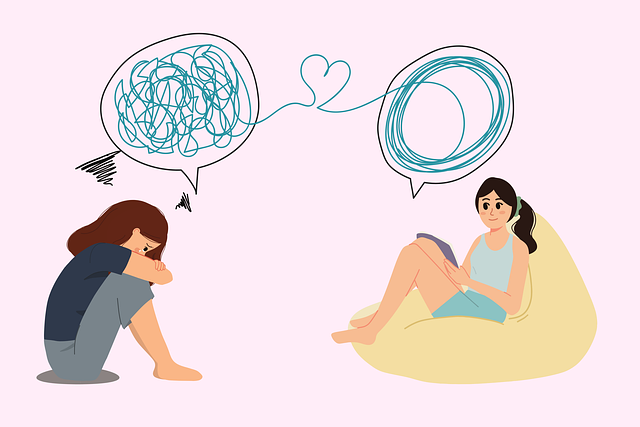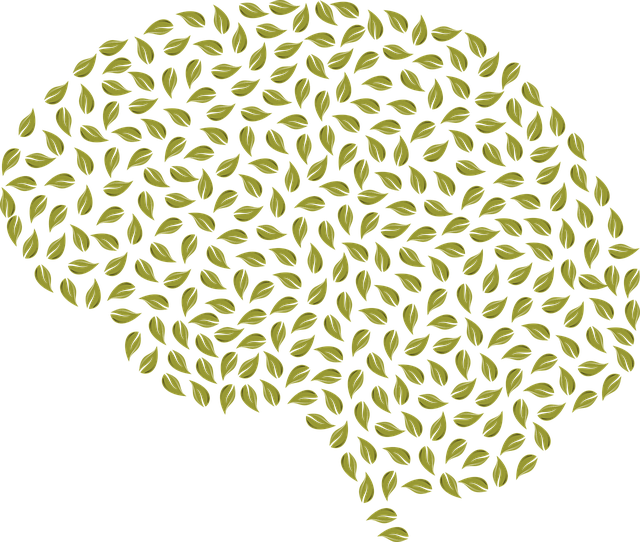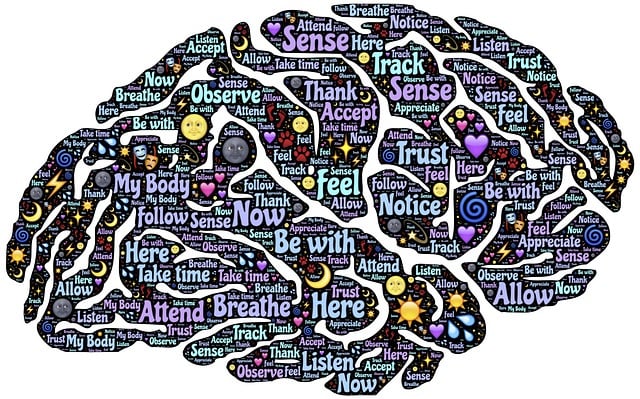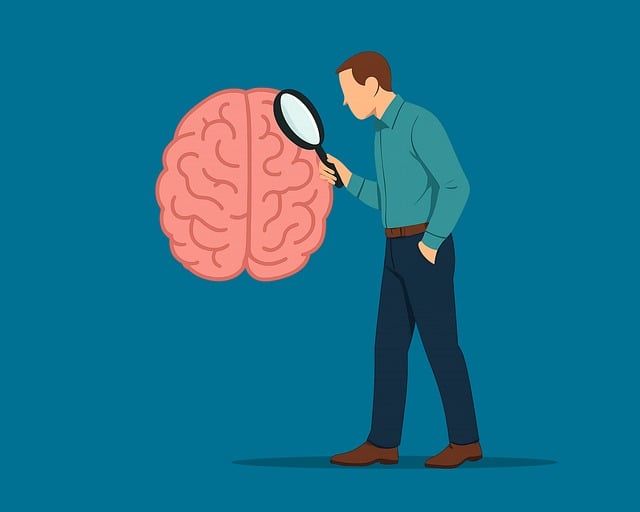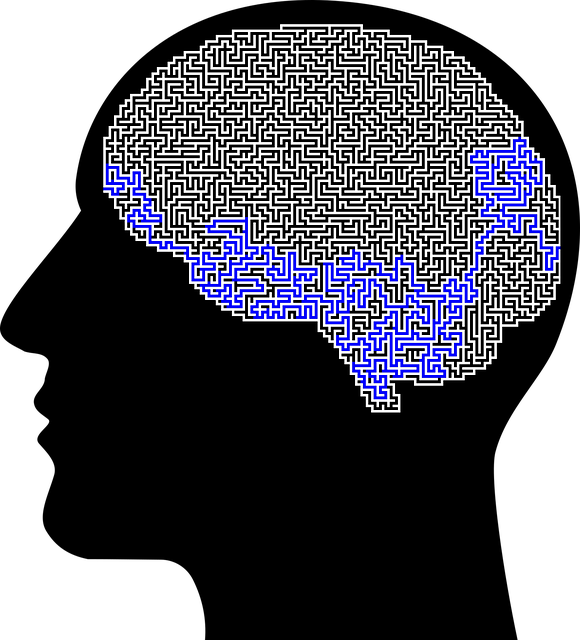The stigma surrounding mental illness profoundly impacts young children with learning disabilities, leading to isolation, reluctance to seek help, and exacerbation of existing challenges. This internalized shame often prevents them from accessing therapy or adopting healthy coping mechanisms like mindfulness meditation. Recognizing and addressing societal perceptions is vital for breaking down this stigma and normalizing conversations about mental health. Integrating tailored therapy programs in schools, community outreach, and mental health awareness events can empower young minds, reduce stigma, and provide much-needed care and confidence-boosting strategies for children with learning disabilities. Collaborative policy efforts and advocacy are essential to ensure equal access to mental health services for these vulnerable groups.
Mental illness stigma, a pervasive barrier to treatment and recovery, demands targeted strategies. This article explores comprehensive approaches to reduce mental health stigma, focusing on early intervention through therapy for young children with learning disabilities, community engagement, and policy advocacy. We delve into the profound impact of stigma, emphasizing its influence on help-seeking behaviors and overall well-being. By examining these diverse tactics, we aim to empower individuals and communities to foster understanding and acceptance in the battle against mental illness.
- Understanding Stigma: Its Impact on Mental Health
- Targeting Young Children: Early Intervention and Education
- Therapy Approaches for Learning Disabilities
- Community Engagement and Support Networks
- Policy Changes and Advocacy for Mental Illness Equality
Understanding Stigma: Its Impact on Mental Health

Stigma surrounding mental illness can have profound effects on individuals’ well-being, especially when it impacts young children with learning disabilities. In many cases, stigma leads to isolation and a reluctance to seek help, which can exacerbate existing challenges. The consequences are far-reaching; children may struggle to develop a sense of self-worth, face barriers in their education, and experience limited opportunities for social interaction. This internalized shame can hinder their ability to access therapy and adopt healthy coping mechanisms, such as mindfulness meditation or self-care practices, which are crucial for managing mental health issues at a young age.
Understanding the impact of stigma is a pivotal step towards reduction efforts. It’s about recognizing that societal perceptions influence how individuals with learning disabilities perceive themselves and their ability to seek support. By raising awareness, we can foster an environment where these conversations are normalized, encouraging young people to speak openly about their experiences and access the therapy they need. Ultimately, breaking down stigma is essential for promoting mental health equality and ensuring children with learning disabilities receive the care and confidence-boosting strategies they deserve.
Targeting Young Children: Early Intervention and Education

Reducing the stigma surrounding mental illness starts by empowering young minds. Early intervention and education are key strategies to foster mental wellness in children, especially those with learning disabilities. By integrating therapy into their learning environment, schools can play a pivotal role in normalizing conversations about mental health. This approach ensures that children develop healthy coping mechanisms from a young age, promoting positive thinking and resilience.
Targeting young children with tailored programs can help break down societal barriers and reduce the impact of stigma. Educating both students and educators about various aspects of mental wellness, including hidden disabilities, fosters cultural sensitivity in mental healthcare practice. This inclusive approach encourages empathy, ensuring that children feel understood and supported as they navigate their emotional well-being.
Therapy Approaches for Learning Disabilities

Many individuals with learning disabilities face challenges due to societal stigma, which can often begin in early childhood. Therapy plays a pivotal role in supporting young children with learning disabilities, offering them essential tools for personal growth and development. One effective approach is cognitive-behavioral therapy (CBT), designed to help kids identify and change negative thinking patterns. By promoting positive thinking and building coping strategies, CBT empowers children to manage their emotions and improve academic performance.
Community outreach programs have also proven beneficial in reducing stigma and fostering understanding. These initiatives often involve educational workshops, awareness campaigns, and support groups, targeting both the affected individuals and their families. By implementing such programs, communities can encourage open conversations about learning disabilities, improving stress management for those struggling with self-perception and societal expectations.
Community Engagement and Support Networks

In reducing the stigma surrounding mental illness, community engagement plays a pivotal role. By fostering open dialogues and promoting Mental Health Awareness, communities can dispel myths and misconceptions that often isolate individuals struggling with their mental health. One effective strategy is to encourage Empathy Building Strategies among residents, fostering an environment where those with mental illnesses feel understood and supported. This can involve hosting informational sessions, community events, or even simple neighborhood conversations that normalize conversations about mental wellness.
Furthermore, establishing robust support networks tailored for specific demographics, such as Therapy for Young Children with Learning Disabilities, is crucial. These networks provide targeted Crisis Intervention Guidance, ensuring that individuals facing unique challenges receive specialized care and understanding. By integrating these initiatives into community fabric, we can significantly contribute to breaking down barriers and fostering a more inclusive and supportive environment for everyone, regardless of their mental health status.
Policy Changes and Advocacy for Mental Illness Equality

Reducing stigma surrounding mental illness is a collective effort that requires policy changes and advocacy at various levels. One significant step is to advocate for equal access to mental health services, especially for vulnerable populations such as young children with learning disabilities. Many countries have begun implementing policies that promote early intervention and therapy for young children facing mental health challenges, recognizing the importance of addressing these issues proactively.
Policy makers are also encouraging the development of programs focused on improving social skills training and self-care routine development for better mental health. Additionally, mental wellness coaching programs are gaining traction as a way to empower individuals to take charge of their mental well-being. These initiatives aim to break down barriers and create an environment where people feel comfortable seeking help without fear of judgment or discrimination. By fostering equality in mental illness support, society can move towards a more inclusive and compassionate approach to overall mental wellness.
